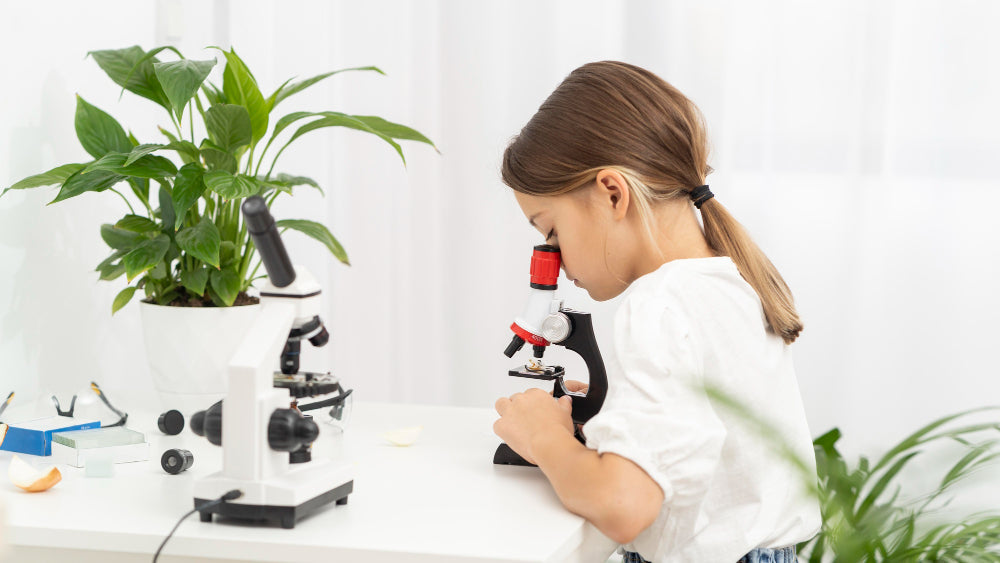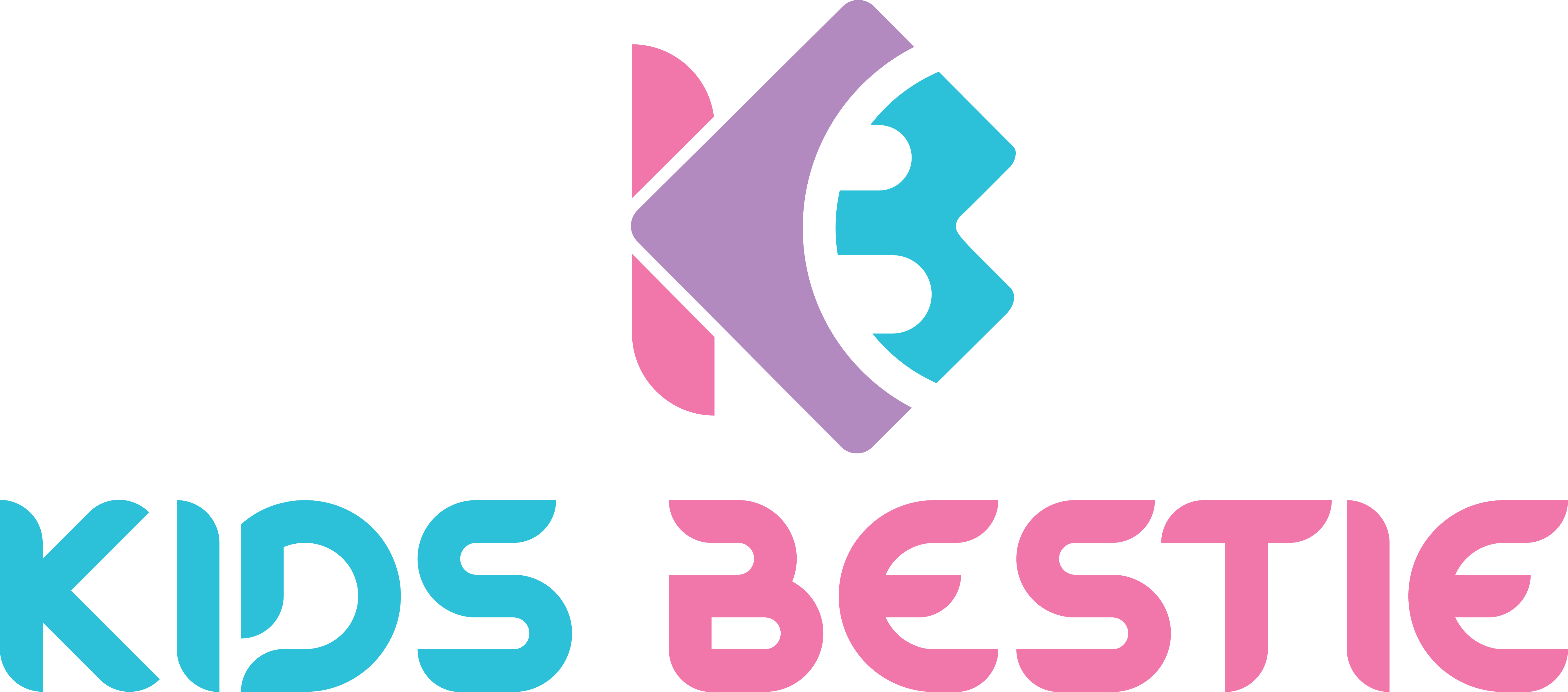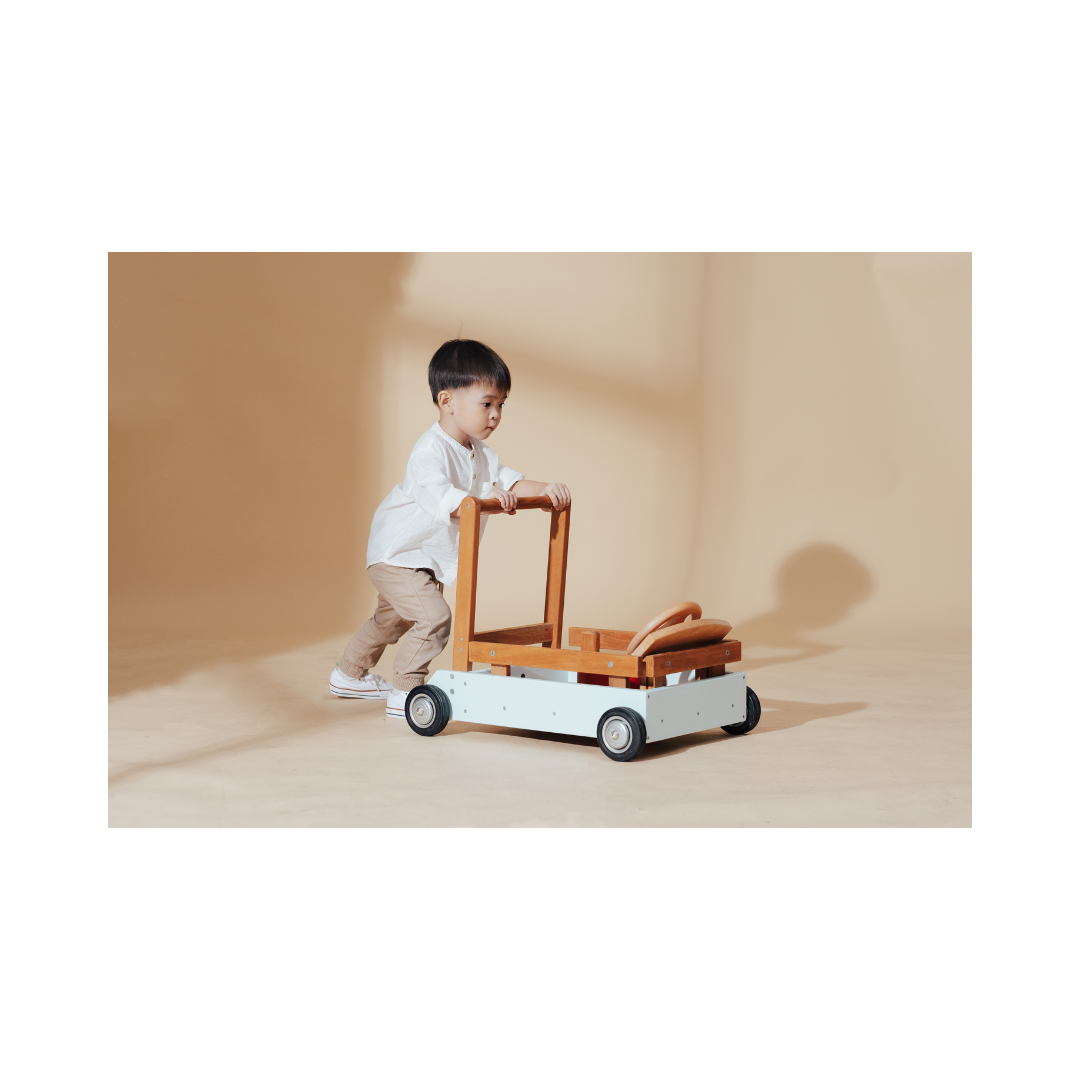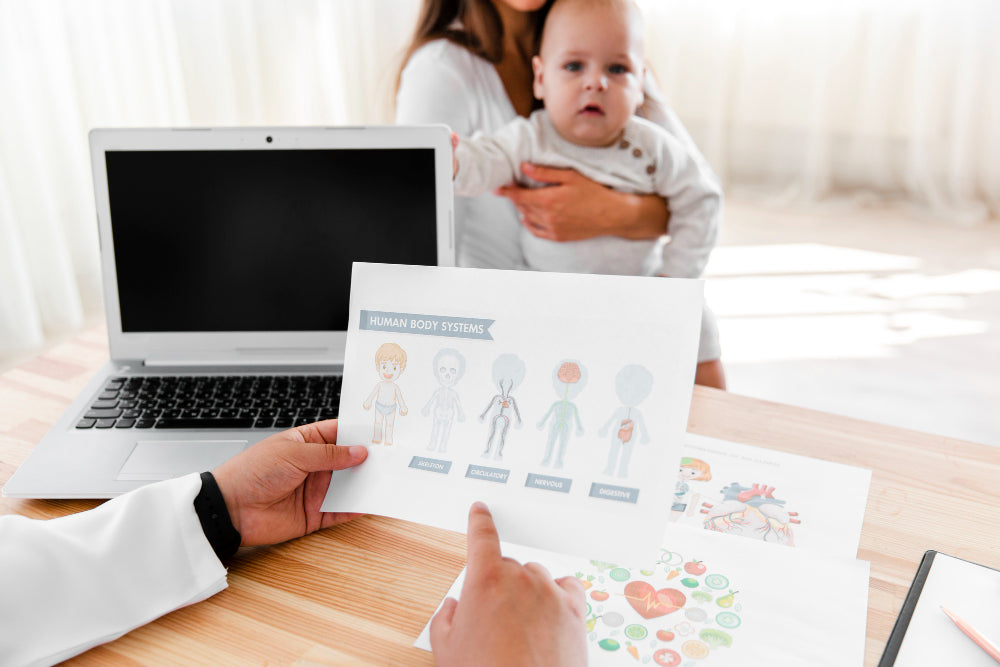
How the Wooden Microscope Inspires Early Curiosity in Kids
The wooden microscope offers a convenient means of close observation through which young children can have a closer look at objects and patterns.
In the era of screens and gadgets, parents are rediscovering the importance of physical learning with wooden toys for kids. The wooden microscope is the most inventive educational device that unites science and imagination among them. The beautifully designed wooden microscope of KidsBestie challenges children to discover the microscopic world and also gives them a desire to learn more outside of the classroom through their interest in the possibilities of the microscope.
A Gateway to scientific discovery
The wooden microscope offers a convenient means of close observations through which young children can have a closer look at objects and patterns. Be it observing leaves, fabrics, feathers or even grains of sand, this interactive tool allows children to engage in observation and is the foundation to critical thinking. It invites them to inquire, to think about what they observe, to draw connections- abilities that they will need to engage in scientific thinking at an older age.
Wooden microscopes are not accurating tools, yet help the early learners think like scientists as well as arouse interest in them. Making small things bigger, children automatically start to express the desire to know the mechanics of action, and the initial step to independent investigation and problem solving is taken.
Encourages Practical, Sensory Learning
A wooden microscope is multisensory and touchable unlike digital or plastic-based alternatives. It has a smooth texture, and it is solidly constructed giving a reassuring feel that increases focus and motor coordination. Operating knobs, lenses, and holding samples also involve fine motor and cognitive abilities, promoting experiential learning via play. 
This practice is based on the Montessori rule of learning through actions. Young minds learn about magnification, optics, structure not by being told about it, but by research. Being able to identify with the senses and enhance logical thought is reinforced with each play session.
Promotes Creativity and Imagination
The wooden microscope has a purpose that is even greater than educative--it gives a stimulus to the imagination. Children prefer to play as scientists, adventure explorers, or doctors discovering something new. Any observation may be transformed into a story or an experiment, which will allow them to develop communication abilities and imagination. Pretend play enables them to become interested and express themselves, learn to communicate expressively, and be emotionally confident having fun.
Behind the Scenes Nurtures a Youthful Science and Nature Adoration
The introduction of scientific equipment such as a microscope at a young age will create curiosity towards the natural world. When children observe such complicated structures as leaf veins or insect wings close to their eyes, they start to understand how complicated life is. This exposure fosters a sense of environmental awareness and appreciation to biology and ecology- this is easy to teach the children through play.
Patience and concentration is also learned with the help of a wooden microscope. Children are taught that sometimes it takes time to discover something, and not all things you see are what seems obvious, a good lesson on how to persevere and concentrate in learning.
Eco-Friendly, Durable and safe design
In KidsBestie, all wooden microscopes are created with the safety, sustainability, and child development in mind. The microscopes are made of non-toxic wood that is made of natural wood and will last long enough to play in, but is tender enough on small hands. Sharp edges and secure fittings minimize accidents and the durable material will last a lot longer than common plastic ones.
The fact that its design is eco-friendly complies with the new trends of modern parenting- children should be able to play with toys that do not harm the environment and at the same time are educationally enriching.
Cultivating Curiosity Outside the Classroom
When well nurtured through exploration, children are inquisitive with no limits. The wooden microscope stands at the boundary between play and education because it initiates the interest in science, observation and the surrounding world at a young age. The more children participate in the activities of discovery as a result of imaginations, the more they are developing the basis of exploration, investigations, and creativity-definitions that will keep them all their lives.
KidsBestie Wooden Microscope takes simple observation and turns it into adventure of learning and marvel. It makes children touch, see and ask questions about the surrounding world and at the same time it is safe, green and motivating. To parents who are keen in raising young minds with great potential in the future, this children educational toy is the first step to their life time curiosity and learning.
FAQs
Q1. When can children begin to use a wooden microscope?
The use of wooden microscopes is appropriate in children aged 3 years and above. Their minimalistic structure enables safe, guided play, and the development of curiosity towards science and nature.
Q2. Does the wooden microscope work like the actual one?
Although it is not a precision tool, it provides simple magnification which enables children to see patterns, colors, and fine details which is the basis of scientific learning.
Q3. What are some of the skills that a wooden microscope will assist in?
It develops observational ability, fine motor coordination, patience, attention, and early interest in STEM via direct experiences in learning.
Q4. Why is a wooden microscope safer than plastic ones?
Wooden microscopes are non-toxic, smooth-edged, and more durable; hence the risks of breaking the device or being exposed to the harmful chemicals are lower.
Q5. Does it also work as an imaginative play?
Absolutely. Children are able to play like explorers, scientists, or experts in the field of biology, which improves creativity, narration, and self-confidence.



